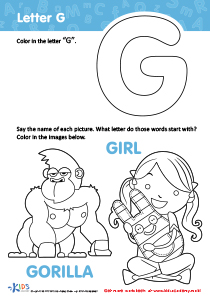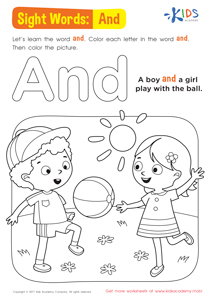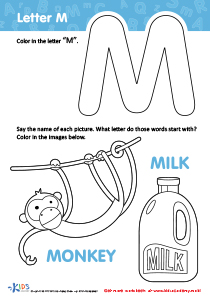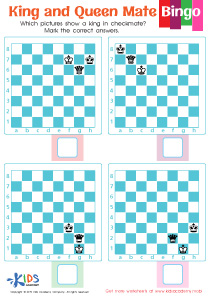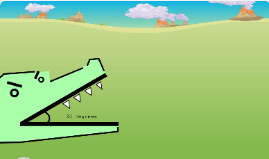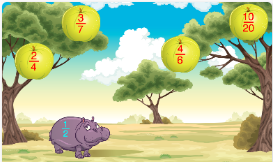Math Lessons | Graphing, Grade 3
4 results
Our Graphing Lessons for grade 3 students are perfect for introducing math concepts in a fun and engaging way. With interactive worksheets and educational videos, students will learn everything from creating bar graphs to understanding line graphs and interpreting data. The lessons are designed to help children develop a strong foundation in math and problem-solving skills. In addition, assessment quizzes are included to help students track their progress and reinforce their learning. With our Graphing Lessons, your child will gain a deeper appreciation and understanding of math while having fun at the same time.
Graphing is an essential skill that every child needs to learn. By providing interactive worksheets, educational videos, and assessment quizzes, our Graphing Lessons will help children in Grade 3 develop a better understanding of visual data representation and facilitate data interpretation.
Undoubtedly, Graphing is important for children in Grade 3 so that they may learn the basic principles of this essential life skill that will be useful in their future studies and in real-life situations. It begins with learning about the types of graphs: bar graphs, line graphs, and pictographs. By providing interactive worksheets with fun-filled activities, children can practice making these graphs, and learn how they differ and can be used to represent a variety of data.
Using the worksheets, children will learn how to organize their data effectively. They will also learn the steps of graphing by identifying what they want to graph, selecting the type of graph to use, and labelling the graph with the necessary information.
As children work through the worksheets, they will also become familiar with numbers and basic arithmetic. They will learn how to plot data points on a graph and use the axes to label and interpret the data. They will also learn how to analyze and interpret the graphs that they create. These skills will prove invaluable in other areas of their studies such as the natural sciences, social studies, and mathematics.
Furthermore, education videos can be used to teach children who prefer visual learning. We include informative videos which illustrate how the data should be presented on the graph and how to interpret it. These videos also come with activities through which children can practice what has been taught. Our videos are not only educational but also engaging, promoting children's cognitive development while piquing their interest in the subject.
Finally, our assessment quizzes help to measure students' understanding of the concepts taught. Through quizzes, educators can identify areas that children may need additional help in and design coursework to help children improve. This feedback loop helps students avoid falling back and ensures they are genuinely grasping the material they are taught.
In conclusion, our Graphing Lessons for children in Grade 3 provide an excellent foundation for children looking to learn about graphing and its importance. They introduce children to the basic principles of graphing, including the various types of graphs, data interpretation, and effective visual communication of data.

